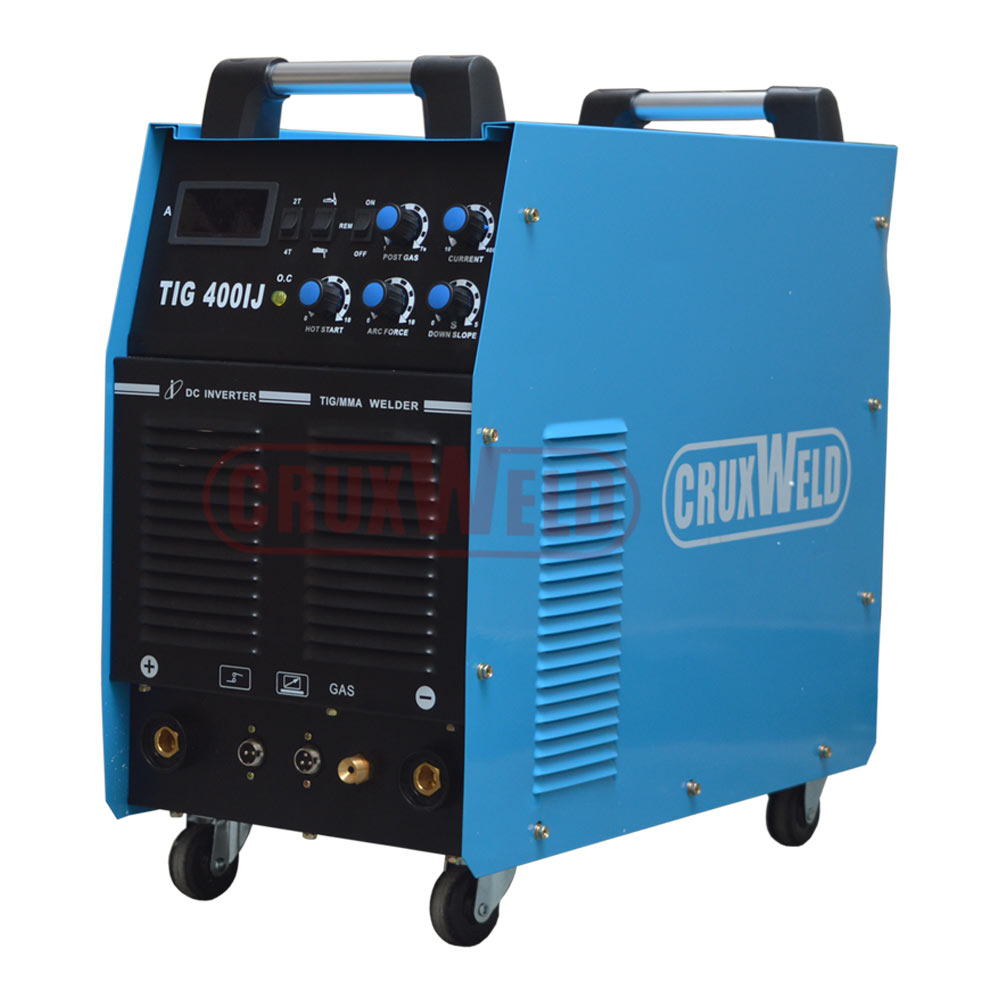Mastering the Craft: Understanding Welding Machines
Introduction:
Welding machines are the backbone of modern fabrication and construction industries. They are the tools that fuse metal pieces together, creating structures that form the foundation of our infrastructure, from skyscrapers to automobiles. Understanding the intricacies of welding machines is essential for welders and engineers alike, as it directly impacts the quality and durability of the welds produced.
What is a Welding Machine?
At its core, a welding machine is a device that generates an electric current, which is used to create an arc between an electrode and the base material. This arc generates the intense heat necessary to melt the metal pieces, allowing them to fuse together seamlessly. Welding machines come in various types and configurations, each designed for specific welding processes and applications.
Types of Welding Machines:
Stick Welders (SMAW): Stick welding machines, also known as Shielded Metal Arc Welders (SMAW), are one of the most common types of welding equipment. They utilize a consumable electrode coated in flux to create the weld. Stick welders are versatile and can be used in various environments, making them popular in construction and repair work.
MIG Welders (GMAW):
Metal Inert Gas (MIG) welders use a continuously fed wire electrode and a shielding gas to protect the weld pool from atmospheric contamination. MIG welding machines are known for their speed and ease of use, making them ideal for high-volume production environments.
TIG Welders (GTAW):
Tungsten Inert Gas (TIG) welders produce high-quality, precise welds by using a non-consumable tungsten electrode and a separate filler material. TIG welding machines offer excellent control over the welding process, making them suitable for intricate work and welding exotic metals.
Flux-Cored Arc Welders (FCAW):
Flux-cored arc welding machines are similar to MIG welders but use a tubular wire filled with flux instead of a solid wire electrode. FCAW machines are capable of producing deep penetration welds and are commonly used in heavy-duty welding applications.
Factors to Consider When Choosing a Welding Machine:
Welding Process:
Different welding processes require specific types of welding machines. Consider the welding process best suited for your application before selecting a machine.
Power Source:
Welding machines can be powered by electricity, gas, or diesel generators. Choose a power source that aligns with your workspace and availability of power.
Duty Cycle:
The duty cycle indicates the amount of time a welding machine can operate continuously before needing to cool down. Consider the duty cycle to ensure uninterrupted welding operations.
Portability:
Depending on your work environment, portability may be a crucial factor. Select a welding machine that is easy to transport and maneuver, especially for on-site projects.
Conclusion:
Welding machines are indispensable tools in various industries, enabling the creation of robust and durable structures. Understanding the different types of welding machines and their applications is essential for achieving high-quality welds and ensuring project success. By mastering the craft of welding machines, welders and engineers can unlock endless possibilities in metal fabrication and construction.
For More Info:-

Comments
Post a Comment